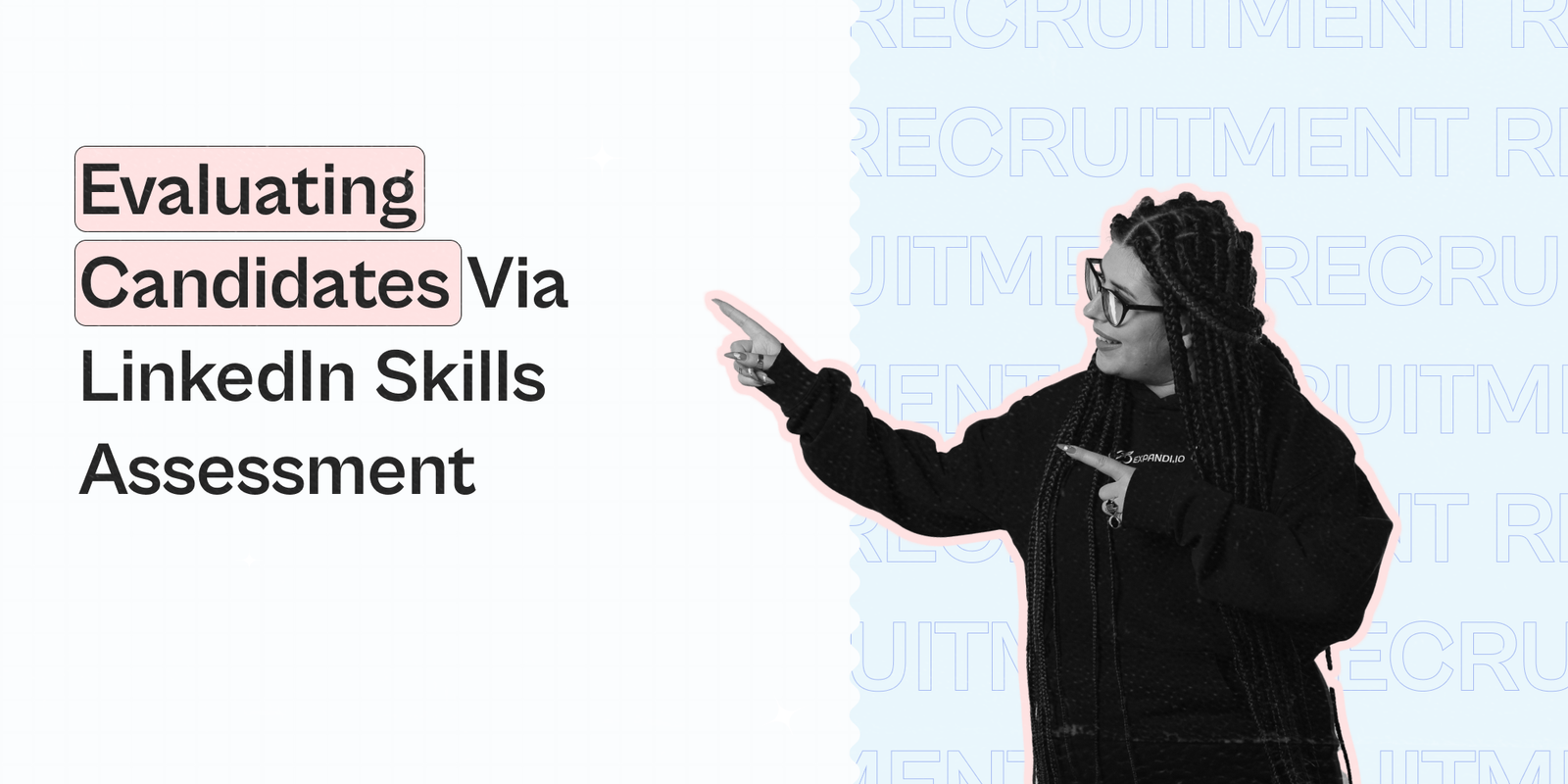When finding new employees, LinkedIn isn’t just a place for chatting with friends. It’s an essential tool for companies to find the right people. But for recruiters, it’s about more than seeing people on LinkedIn. They also need to know if these people are good at using LinkedIn for work. This guide is here to help recruiters figure out if someone is skilled at using LinkedIn, and it includes a unique LinkedIn test just for that.
Being good at LinkedIn means more than just having a complete profile. It’s also about sharing good stuff, connecting with the right people, and showing interest in job opportunities. Recruiters must look closely at how candidates use LinkedIn and perform in the test to assess linkedin skills not just glance at their profiles. This tells them if someone knows how to use LinkedIn for their job.
Understanding the importance of a LinkedIn test
A LinkedIn test is essential for recruiters because it helps them understand how good candidates use LinkedIn. It gives them a deeper look at how well candidates connect with others, what kind of stuff they share, and how active they are in looking for jobs. This test helps recruiters find candidates who are serious about finding work and who show they’re eager to get involved.
By looking at candidates’ LinkedIn profiles, recruiters can learn much about their skills, experiences, and who they know professionally. This helps recruiters pick suitable candidates for the job. A LinkedIn test helps recruiters make more intelligent choices when hiring, find candidates with the right skills, and know how to use LinkedIn well for their careers.
Critical elements of a LinkedIn test
LinkedIn is important for professionals to connect, show what they’re good at, and find jobs. When recruiters want to see how good someone uses LinkedIn, they must do more than look at their profile. They use a LinkedIn test with different parts to check candidates thoroughly. Let’s look at seven critical parts of a LinkedIn test:
Completing the profile
Before the LinkedIn test, candidates should have a complete profile on LinkedIn, just like a resume. Recruiters check if they’ve written a good summary, updated their work and education details, and listed relevant skills.
Quality of content
Recruiters see what content candidates share on LinkedIn, like posts, articles, and comments. For the LinkedIn test, good content shows that candidates know their field well and can communicate effectively.
Networking skills
LinkedIn is all about making connections. Recruiters check if candidates have connected with the right people in their industry and are active in groups and discussions.
Engaging with job opportunities
Candidates serious about finding a job on LinkedIn will interact with job posts and updates from recruiters before the LinkedIn test. Recruiters look for interested candidates by liking, sharing, and commenting on job opportunities.
Recommendations and endorsements
In a LinkedIn test, recommendations and endorsements from colleagues show that a candidate is respected in their field. Recruiters check these to see if the candidate’s skills are genuine.
Profile optimization
For a LinkedIn test, candidates should make their profiles accessible and attractive to recruiters. Recruiters see if candidates use keywords and other features to make their profiles stand out.
Professional branding
LinkedIn is like a personal brand for candidates. Recruiters check if a candidate’s profile, content, and interactions reflect their professional image well. It is a core element of any LinkedIn test.
In conclusion, a good LinkedIn test checks these parts to understand how well candidates use LinkedIn. By looking at these elements, recruiters can determine if a candidate is a good fit for a job.
Incorporating a leadership test in the LinkedIn test
LinkedIn isn’t just for connecting with others anymore; it’s also a place to show if you’re a good leader. Adding a leadership test to the LinkedIn test helps recruiters find people who are good at their jobs and have the skills to lead others. Here are three ways to do that:
Looking at past leadership roles
Recruiters can check candidates’ LinkedIn profiles to see if they’ve led teams or worked on big projects. They can also see if others have said good things about their leadership skills.
Checking thought leadership
Recruiters can see if candidates share innovative ideas or join meaningful conversations on LinkedIn as a part of the leadership test. People who do this show they’re leaders in their field and can inspire others.
Checking skills and recommendations
Recruiters can look at the skills candidates list on LinkedIn and see if others have said they’re good leaders. Also, recruiters can ask questions during the leadership test to see if candidates have leadership skills.
Adding a test to assess leadership skills to the LinkedIn test helps recruiters understand if candidates have what it takes to be leaders. By looking at their experience, how they share ideas, and what others say about them, recruiters can find people who can lead well in their jobs.
Integrating Google Analytics test in LinkedIn test
In today’s work world, digital tools like Google Analytics are essential. Recruiters want to find candidates who know how to use these tools well. Adding a Google Analytics test to the LinkedIn review helps recruiters understand candidates’ skills in digital analytics. Here are three ways to do that:
Checking Google Analytics tools proficiency
Recruiters can give candidates a Google Analytics test to look at website data and determine what it means. By doing this, recruiters can see if candidates understand Google Analytics and can use it to make intelligent decisions.
Seeing if candidates know the basics
Besides a practical LinkedIn test, recruiters can ask candidates questions about Google Analytics concepts. They might ask about terms used in Google Analytics or how to measure website traffic. This helps recruiters know if candidates understand how Google Analytics works.
Looking at certifications and training
Recruiters can also check if candidates have taken courses or gotten certifications in Google Analytics. This shows that candidates care about learning and improving their skills. Recruiters can also ask candidates about any previous experience using Google Analytics. This helps recruiters see if candidates can use what they’ve learned in real situations.
Adding a test to assess google analytics skills to the LinkedIn review helps recruiters find candidates good at digital analytics. By checking candidates’ skills, knowledge, and certifications, recruiters can ensure they pick the right people for jobs needing digital analytics skills.
Conclusion
In conclusion, leveraging LinkedIn as a recruitment tool goes beyond mere profile assessments. Recruiters can make informed hiring decisions by incorporating a specialized LinkedIn test focusing on LinkedIn proficiency, leadership qualities, and digital analytics skills. These tests provide deeper insights into candidates’ capabilities, ensuring alignment with organizational goals and culture.
Moreover, a LinkedIn test enables recruiters to identify candidates with the necessary qualifications and exhibit the potential for growth and leadership. By strategically integrating these tests, recruiters can streamline the hiring process and build high-performing teams that drive success in today’s competitive landscape.
Ready to streamline your recruitment process and identify top talent on LinkedIn? Try Testlify’s test to assessing linkedin skills today and unlock powerful insights to make smarter hiring decisions. Get started now!




